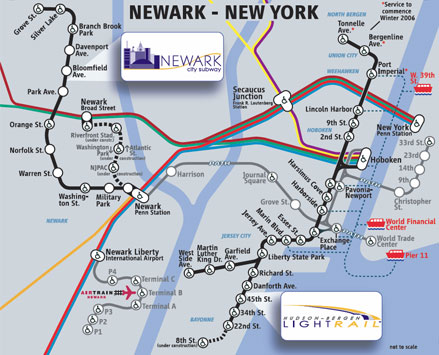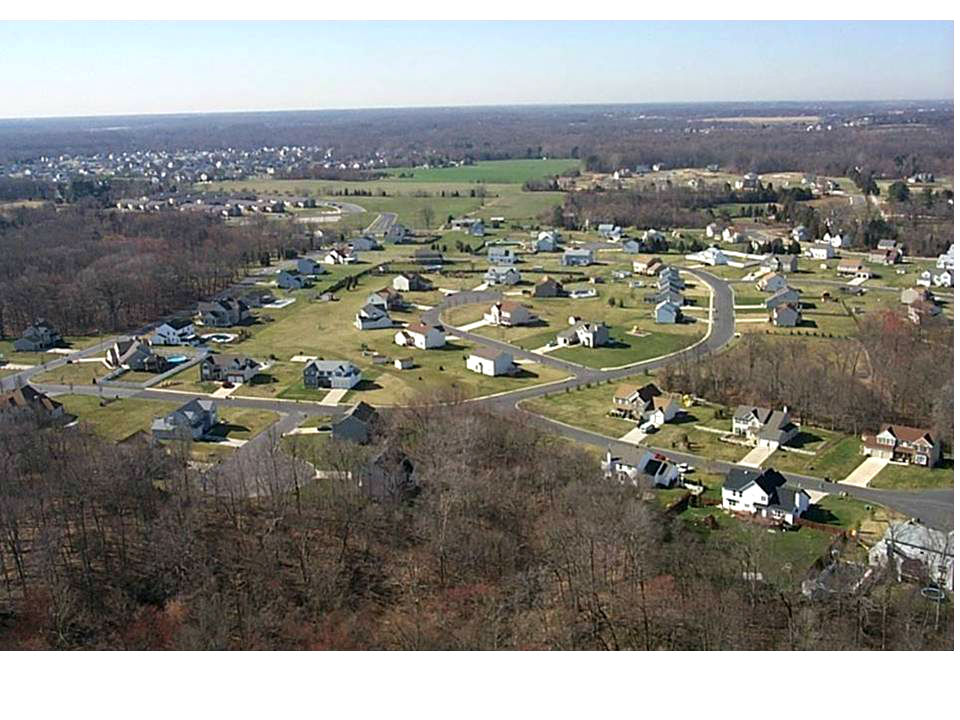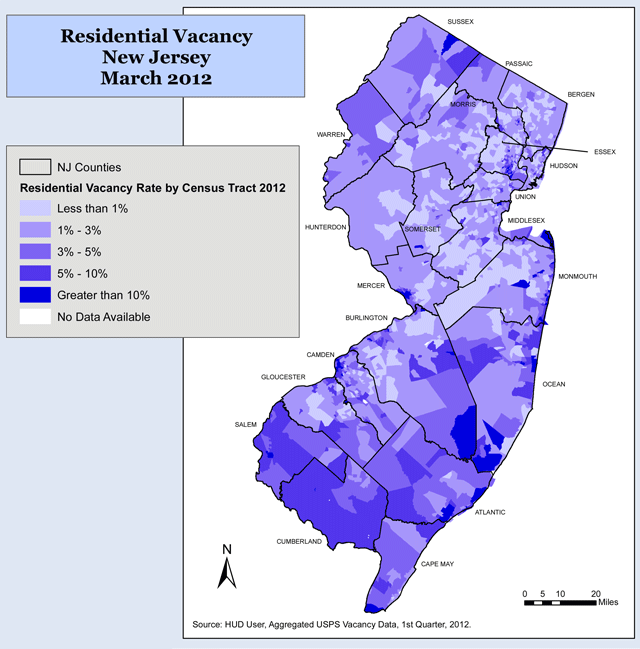New Jersey Future Blog
Three Communities Step Up To Mainstream Green Infrastructure
July 27th, 2016 by Louise Wilson
Pilot Towns Take Off
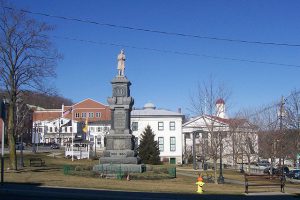
Newton’s town square, which is also Sussex County’s only park. Photo courtesy of wikimedia commons user Ekem.
New Jersey Future’s Mainstreaming Green Infrastructure program is designed to move forward on three tracks: working with developers and their design professionals; identifying and advancing demonstration projects; and working intensively with towns – specifically, three pilot towns – to help them fully embrace exemplary stormwater management practices and advance the use of green infrastructure in public and private development projects.
The program’s focus is statewide through its work with developers and ordinance recommendations, but it also has a special emphasis on smaller communities located in critical Delaware River watershed areas of northwest Jersey’s Highlands and in south Jersey’s Kirkwood Cohansey Aquifer area of coastal plain, which includes the Pinelands.
The three pilot towns have been chosen. All have entered into a memorandum of understanding with New Jersey Future that spells out the framework, types of tasks and commitments both parties are making to meet project objectives.
Three great communities
The pilot towns with which New Jersey Future is honored to be working are:
- Byram, a township comprising about 22.5 square miles and known as the “Township of Lakes.” Byram is within New Jersey’s state-designated Highlands region, and its 197-acre village center presents great opportunities for the kind of environmentally friendly growth widely favored by residents.
- Hammonton, the “Blueberry Capital of the World,” is a Pinelands town, 41.4 square miles in size, midway between Trenton and Atlantic City. Hammonton has spent time and energy on innovative participatory planning, leading to adoption of a form-based code for its downtown.
- Newton, which bills itself as “City Style. Country Cool,” is a small (about 3 square miles) bustling historic town that is county seat for Sussex County. In fact, the county’s only park is Newton’s town square. Several redevelopment projects are in the pipeline, and Sussex County College is on the verge of an ambitious, exciting expansion project.
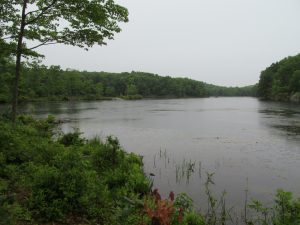
Johnson Lake in Byram, part of the township’s Tamarack Park Greenway project. Photo courtesy of Byram Township Councilman Scott Olson.
Plan the work, work the plan
It’s not just big cities that face challenges in dealing with stormwater. Small towns have their issues, too: protecting precious water supplies, dealing with frequent nuisance flooding, and addressing pollution in streams and lakes caused by everything from lawn pesticides to pet waste.
All three pilot towns want growth. They want to repurpose vacant sites, and add more greenery and recreational opportunities for residents. The question they need to address is how to grow – adding more businesses, more people, more buildings and more pavement – and at the same time help solve the chronic problems they face that are related to water?
The answer lies partly in looking for every opportunity to get rainwater and snowmelt back into the ground as close as possible to where it falls, or capture the water for re-use. In other words, how can every site be turned into a sponge? All kinds of places – yards, sidewalks, rooftops, even parking lots – can act as sponges.
Rutgers Cooperative Extension’s (RCE) Water Resources program shows municipalities how and where to do that, with a customized green infrastructure plan that documents all types of impervious cover in a given municipality and provides an action plan with specific recommendations, including stormwater management calculations, for doable green infrastructure projects that will reduce runoff and pollution. RCE is currently working to prepare such a plan for each of the pilot towns.
At the same time, New Jersey Future is pulling together local leaders, green infrastructure experts and nonprofit partners in each of the towns to begin to scope out the full range of work that needs to be done in order for the towns to be able to act on recommendations in their Green Infrastructure Plan and move green infrastructure to the mainstream in their communities.
“I’m so glad we did this!”
What does that work entail? There are implications for ordinances, Master Plan principles, site plan review processes, education and training for municipal volunteers, staff and professionals, and new incentives. The towns are enthusiastic about the prospect. As Newton Town Manager Tom Russo said, “As much as we’ve accomplished, there’s always more to do.” He noted also that Newton’s Shade Tree Commission and public works employees had been invaluable already, and would be key to continuing efforts.
At the end of the kickoff meeting in Newton, Mayor Sandy Diglio, who had identified some excellent opportunities in the town, said, “I’m so glad we did this!” Leaders in Byram were enthusiastic as well, with Councilman Scott Olson declaring, “I’m tired of being called a tree-hugger. I know we can grow and build, and we’ll all be glad it was done in an environmentally friendly way.” (The kickoff meeting in Hammonton is scheduled for August 1.)
Every town is different. But one thing that Hammonton, Newton and Byram have in common is that they’ve all planned carefully and well. All want growth, and know where they want it and what they want it to look like. All see green infrastructure as a key to making sure that growth makes the community stronger, healthier and more beautiful.

